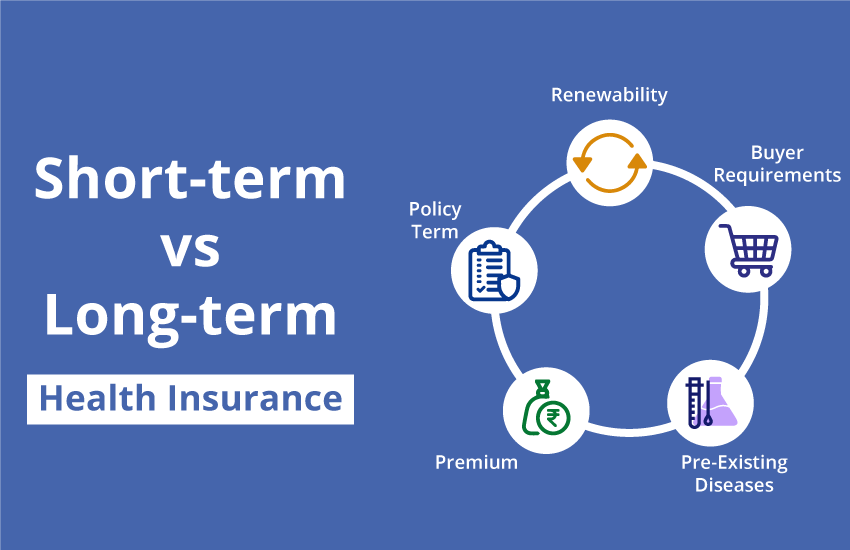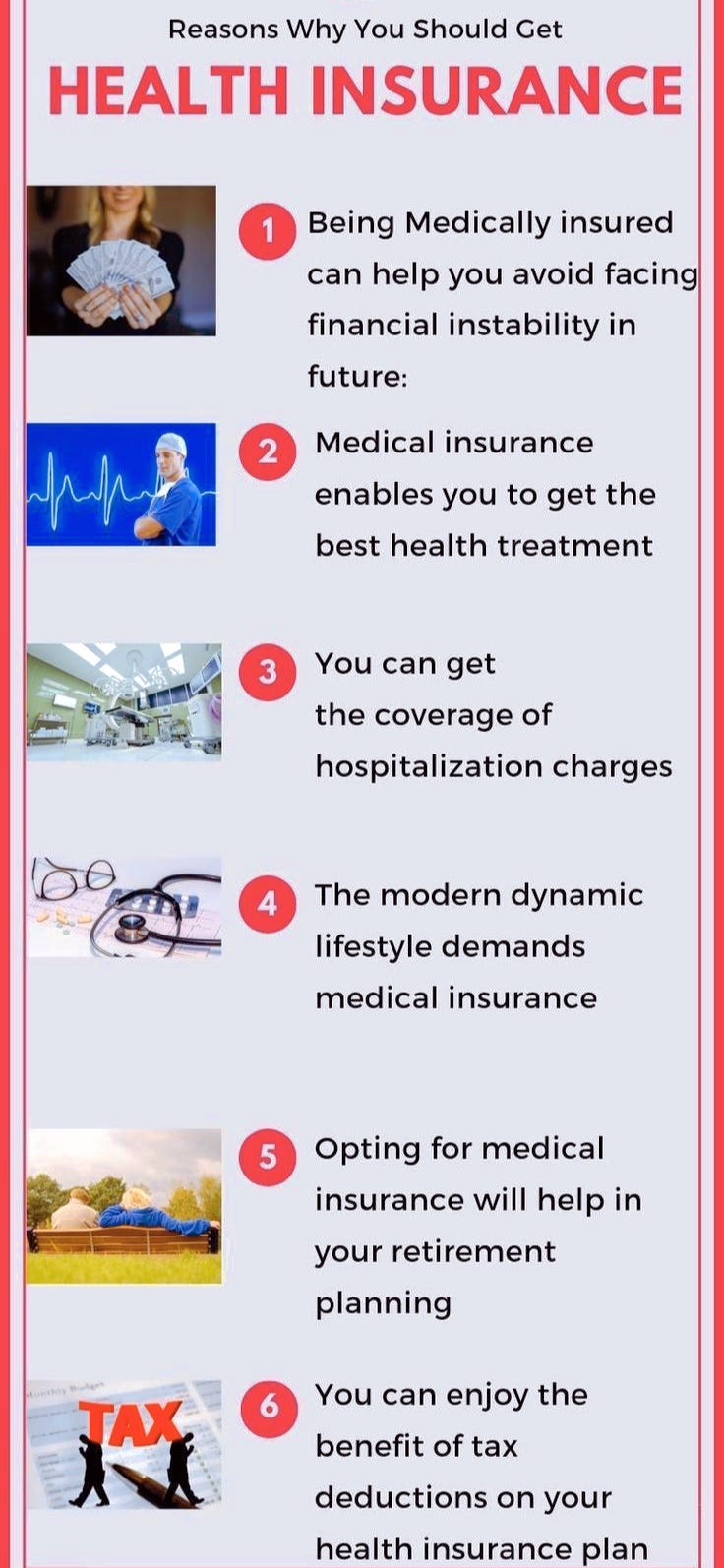Some Known Questions About Medicare Advantage Agent.

Citizens and policy makers in emphasis team discussions identify those without insurance as young people who have the chance to be covered and feel they do not require it (Porter Novelli, 2001). Compared to those with a minimum of some private insurance coverage, the uninsured are less likely to report being in excellent or extremely excellent health(Firm for Medical Care Research and Top Quality, 2001). SOURCE: Facility for Expense and Financing Studies, Company for Health Care Study and Top quality, based upon MEPS data. Young person in between 19 and 34 are much more most likely to lack medical insurance than any kind of other age group. This is chiefly because they are much less frequently eligible for employment-based insurance as a result of the nature of their job or their brief period in it. The perception that people without insurance policy have better-than-average health
follows from puzzling the relatively young age profile of the without insurance with the far better health, on average, of more youthful individuals. This covers the link in between wellness status and wellness insurance policy. For those without accessibility to workplace medical insurance, inadequate health is a prospective obstacle to buying nongroup coverage because such protection might be highly priced, leave out preexisting problems, or be simply unavailable. The variety of without insurance Americans is not specifically large and has not transformed in the last few years. 7 out of ten respondents in a nationally depictive study believed that fewer Americans did not have wellness insurance policy than really do(Fronstin, 1998). Approximately half(47 percent )believed that the variety of people without medical insurance decreased or continued to be constant over the last half of the last decade(Blendon et al., 1999). This decrease of nearly 2 million in the variety of people 'without insurance policy (a reduction
of about 4 percent)is certainly a positive adjustment. With a softer economic climate in 2000 the latest reported gains in insurance protection might not continue(Fronstin, 2001 ). The decrease in the variety of uninsured will not proceed if the economic situation stays sluggish and healthcare expenses continue to exceed inflation. This is since the information were accumulated for a duration of strong economic performance. Of the estimated 42 million individuals that were uninsured, all but about 420,000(regarding 1 percent)were under 65 years old, the age at which most Americans end up being qualified for Medicare; 32 million were grownups between ages 18 and 65, about 19 percent of all adults in this age; and 10 million were kids under 18 years of age, about 13.9 percent of all children (Mills, 2000). These estimates of the number of individuals uninsured are generated from the yearly March Supplement to the Present Population Study (CPS), carried out by the Census Bureau. Unless or else kept in mind, nationwide price quotes of individuals without medical insurance and percentages of the populace with various kinds of protection are based upon the CPS, one of the most commonly utilized source of estimates of insurance protection and uninsurance rates. These surveys and the price quotes they generate are explained briefly in Table B. 1 in Appendix B - Medicare Advantage Agent. These studies differ in size and sampling approaches, the inquiries that are asked concerning insurance coverage
Little Known Facts About Medicare Advantage Agent.
protection, and the time duration over which insurance coverage or uninsurance is determined(Lewis et al., 1998, Fronstin, 2000a ). Still, the CPS is specifically useful since it generates annual quotes relatively swiftly, reporting the previous year's insurance coverage estimates each September, and since it is the basis for a constant collection of quotes for greater than 20 years, enabling evaluation of fads in coverage over time.

The Ultimate Guide To Medicare Advantage Agent
Over a three-year duration starting early in 1993, 72 million individuals, 29 percent of the united state populace, lacked insurance coverage for at the very least one month. Within a single year(1994), 53 million individuals experienced at the very least a month without insurance coverage(Bennefield, 1998a). Six out of every ten uninsured adults are themselves utilized. Although working does improve the likelihood that one and one's member of the family will certainly have insurance policy, it is not an assurance. Also participants of family members with two permanent breadwinner have virtually a one-in-ten chance of being uninsured (9.1 percent without insurance rate)(Hoffman and Pohl, 2000 ). The connection between wellness insurance coverage and access to care is well developed, as recorded later on in this phase. Although the relationship between wellness insurance coverage and health and wellness results is neither straight nor basic, a substantial professional and wellness solutions study literature links medical insurance protection
to enhanced accessibility to care, better quality, and enhanced individual and populace health and wellness condition. As an example, the second record, on individual health and wellness outcomes for uninsured adults, is stood for by the inner circle of the number, while the third record, on household health, incorporates the topics of the second report but stresses a different device of analysis, namely, the household. The sixth record in the series will certainly offer information concerning methods and initiatives carried out locally, statewide, or nationally to attend to the absence of insurance policy and its negative impacts. Degrees of evaluation for analyzing the results of uninsurance. This discussion of wellness insurance policy protection focuses mostly on the united state population under age 65 because practically all Americans 65 and older have Medicare or other public coverage.
Moreover, it concentrates website link particularly on those with no medical insurance for best site any length of time. The troubles faced by the underinsured remain in some respects similar to those dealt with by the without insurance, although they are normally much less severe. Uninsurance and underinsurance, however, entail definitely different policy concerns, and the approaches for resolving them might differ. Throughout this research study and the 5 reports to adhere to, the major emphasis is on persons with no medical insurance and therefore no assistance in paying for wellness treatment beyond what is readily available through charity and security net organizations. Wellness insurance policy is an effective variable influencing receipt of care since both people and medical professionals respond to the out-of-pocket price of solutions. Wellness insurance, nevertheless, is neither essential neither enough to get to medical services. The independent and straight result of wellness
insurance insurance policy protection access to health services is well established. Others will get the healthcare they require even without medical insurance, by spending for it out of pocket or seeking it from companies that use care totally free or at extremely subsidized rates. For still others, health and wellness insurance alone does not guarantee receipt of treatment due to various other nonfinancial barriers, such as a lack of health care service providers in their community, limited access to transport, illiteracy, or etymological and cultural distinctions. Official study regarding uninsured populations in the United States dates to the late 1920s and very early 1930s when the Committee on the Price of Treatment produced a series of records concerning funding medical professional office visits and hospital stays. This problem ended up being salient as the numbers of medically indigent climbed up during the Great Clinical depression. Empirical researches consistently sustain the web link in between accessibility to care and improved health and wellness results(Bindman et al., 1995; Starfield, 1995 ). Having a routine source of treatment can be taken into consideration a forecaster of access, as opposed to a straight procedure of it, when wellness end results are themselves used as access indications. This extension of the idea of access dimension was made by the IOM Committee on Monitoring Access to Personal website link Healthcare Solutions(Millman, 1993, p. Whether or not moms and dads are insured shows up to influence whether or not their kids obtain treatment along with just how much careeven if the children themselves have protection(Hanson, 1998). The wellness of parents can affect their capability to take care of their kids and the degree of family members stress and anxiety. Worrying regarding their children's accessibility to care is itself a source of anxiety for parents. Three phases comply with in this report. Phase 2 offers an overview of how employment-based medical insurance, public programs and private insurance coverage operate and interact to give considerable yet insufficient coverage of the U.S. population. This includes an evaluation of historic trends and public laws impacting both public and exclusive insurance policy, a discussion of the interactions amongst the various sorts of insurance policy, and an examination of why individuals move from one program to one more or end up
